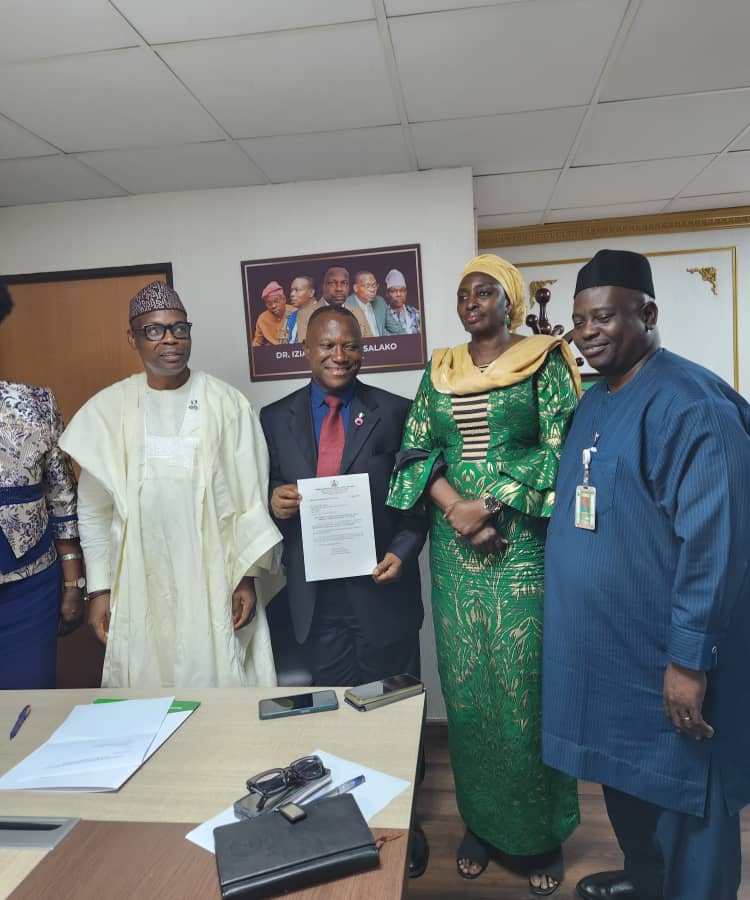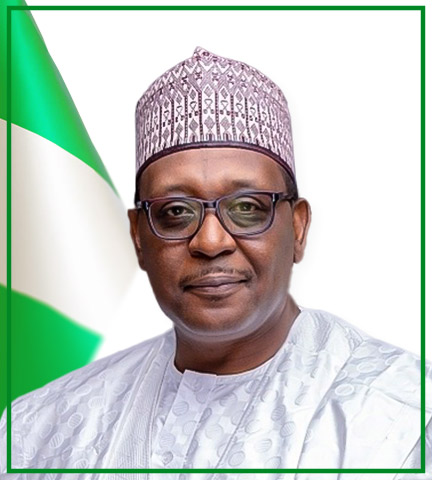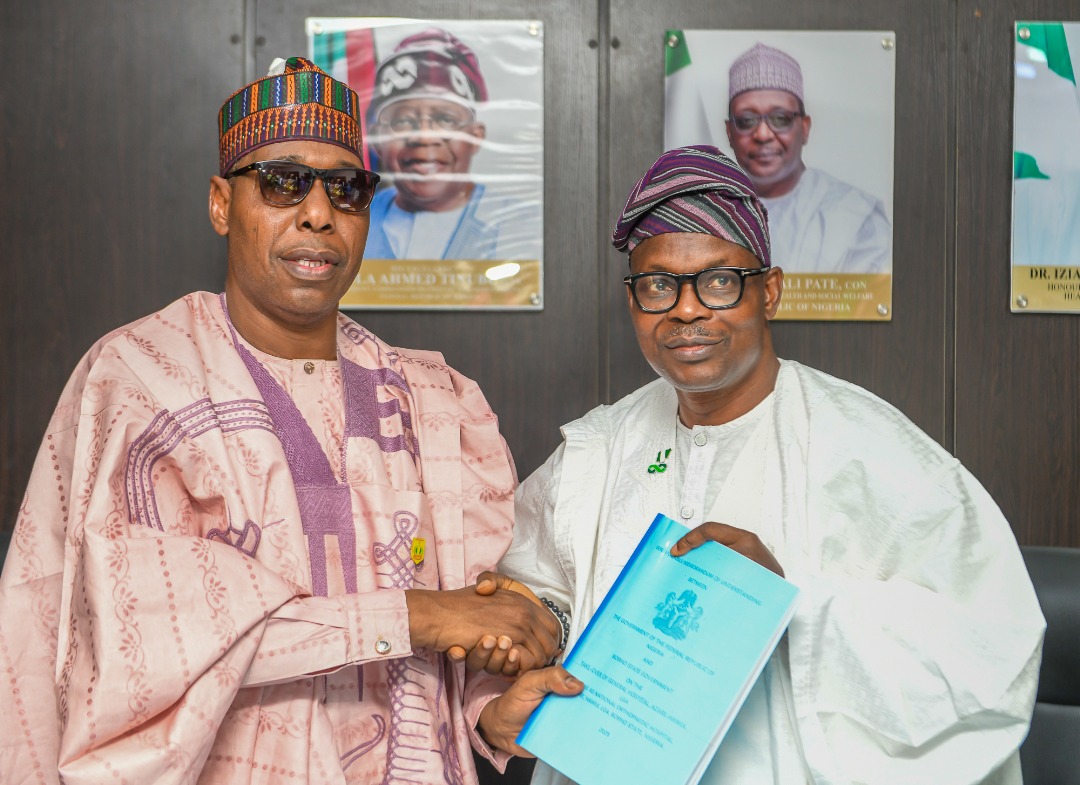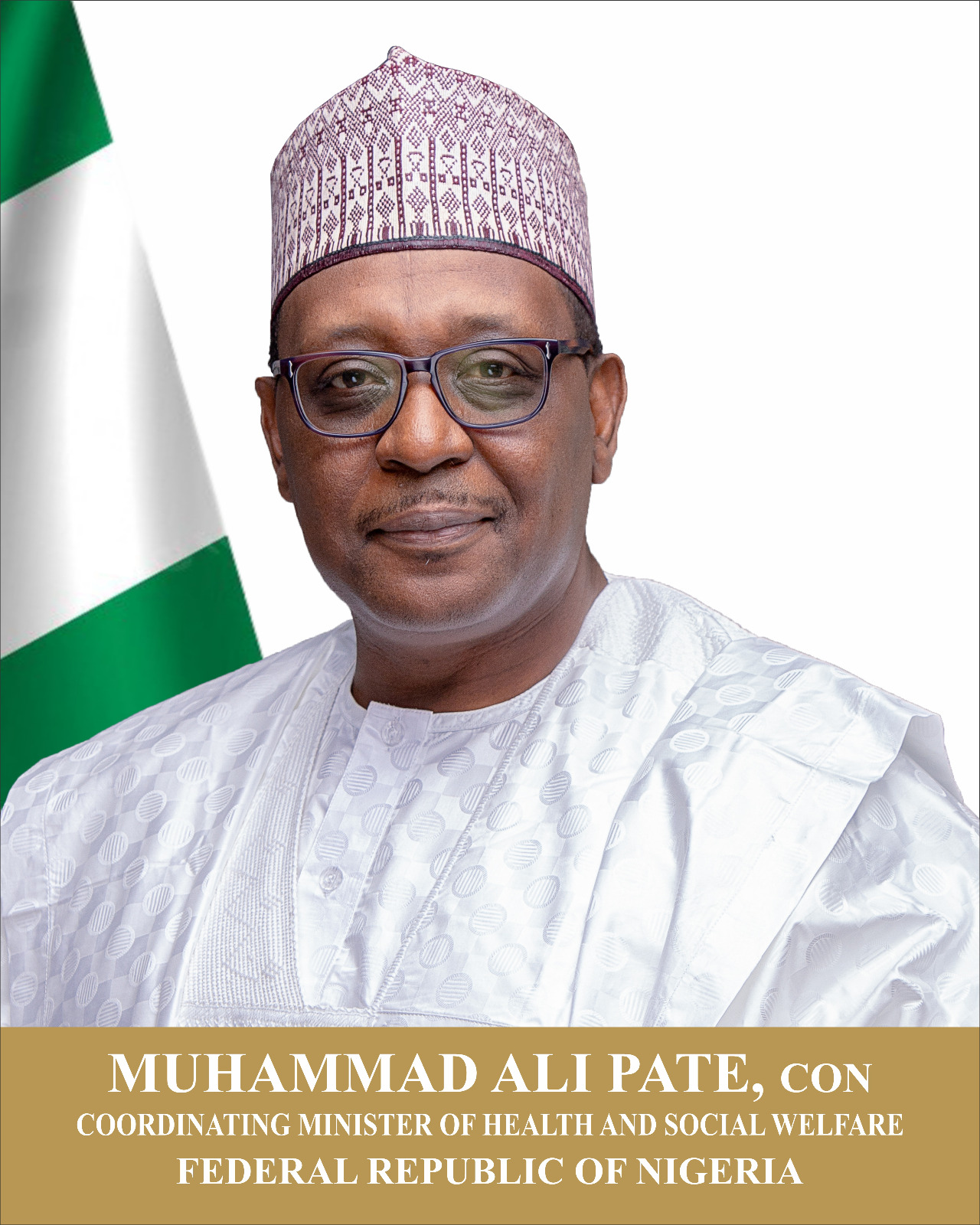Scientist’s Unveil CryoSCOPE To Tackle Accelerating Glacier Melt Threatening Global Water Security
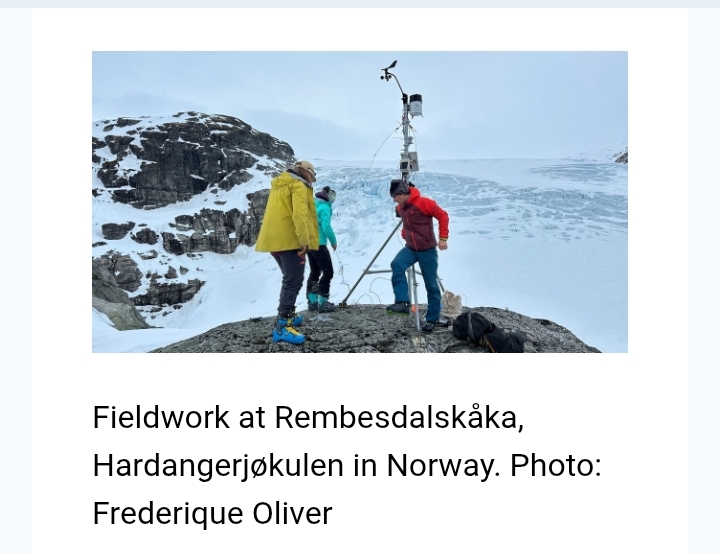
By Fatima Saka
Helsinki/Brussels, August 19, 2025 — With glaciers melting at twice the rate of two decades ago, an international team of scientists from Europe and India has launched a groundbreaking initiative to better predict climate risks and safeguard the world’s water future.
The project, known as CryoSCOPE, was unveiled in Helsinki as part of the United Nations’ International Year of Glaciers’ Preservation and the Decade of Action for Cryospheric Sciences (2025–2034). It brings together leading researchers to study the intricate links between snow, ice, air, and water, and how their rapid transformations are reshaping the planet’s climate system.
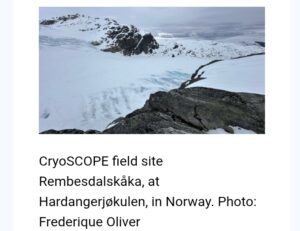
Glaciers lost an average of 267 gigatons of ice each year between 2000 and 2019, a staggering acceleration that scientists warn could destabilize water supplies for billions and tip Earth closer to dangerous climate thresholds.
“CryoSCOPE addresses critical challenges in forecasting cryosphere-atmosphere-hydrosphere dynamics by combining advanced observations, multi-scale modelling, and AI,” said Rakesh Hooda, CryoSCOPE Coordinator at the Finnish Meteorological Institute. “This effort will generate robust, evidence-based insights to support climate adaptation, IPCC assessments, and the UN Sustainable Development Goals.”
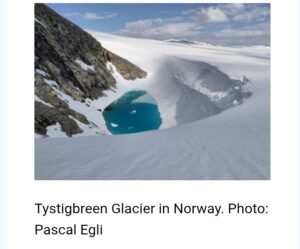
Key Research Focus:
Muon flux monitoring in Finland to measure snow water content, improving flood prediction and water resource planning.
Sublimation studies in the Swiss Alps and Lapland to track how snow turns directly into vapor, escaping ecosystems and water cycles.
Glacier–permafrost modelling in Svalbard to simulate methane emissions and nutrient transport as ice retreats.
Integrating these findings into global climate models, CryoSCOPE aims to sharpen predictions of water scarcity, hydropower potential, and natural disaster risks.
“Studying snow, ice, and water in isolation is no longer enough,” explained Harsh Beria, Scientific Coordinator at ETH Zürich & WSL SLF. “CryoSCOPE connects fine-scale processes on the ground with global climate models, delivering insights that policymakers urgently need.”
Why It Matters:
Glaciers hold over 60% of the world’s freshwater.
Their melt drives sea level rise, destabilizes rivers, and triggers extreme events like glacial lake outburst floods.
Snow loss reduces Earth’s natural reflectivity, accelerating warming.
Backed by the EU, Swiss, and Indian governments, the CryoSCOPE consortium spans eight countries.
The researchers stress that protecting the cryosphere is not only a scientific challenge but a planetary necessity, as the frozen regions of the Alps, Arctic, and Himalayas act as climate regulators for the entire Earth.
About CryoSCOPE
CryoSCOPE explores the Cryosphere, Atmosphere, and Hydrosphere (CAH) coupled system to enhance understanding of how ice, snow, and permafrost interact with atmospheric and water systems in the cold regions of the Svalbard (Norway), Norway, Finnish Lapland, Iceland, the Swiss Alps, and the Indian Himalayas. The project utilises cutting-edge ground-based measurements and remote sensing proxies.
With 19 partners across 8 countries, CryoSCOPE analyses the real-world impacts of local to global-scale modelling and AI-driven applications for various end-users. Applications include improving winter trafficability in Finland, optimising hydropower generation in the Nordics and Switzerland, mapping glacial lake outburst flood (GLOF) hazards, and predicting drought impacts in cold regions. Through stakeholder collaboration, the project develops tailored services that integrate machine learning with physics-based models to predict snow and ice-related processes. By creating targeted adaptation and mitigation strategies, CryoSCOPE strengthens climate resilience in some of the world’s most vulnerable frozen landscapes.

